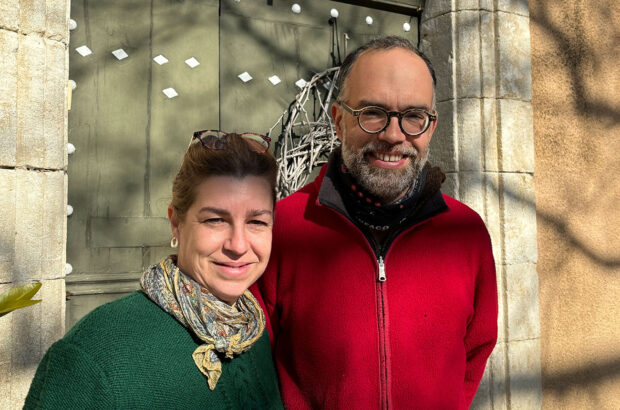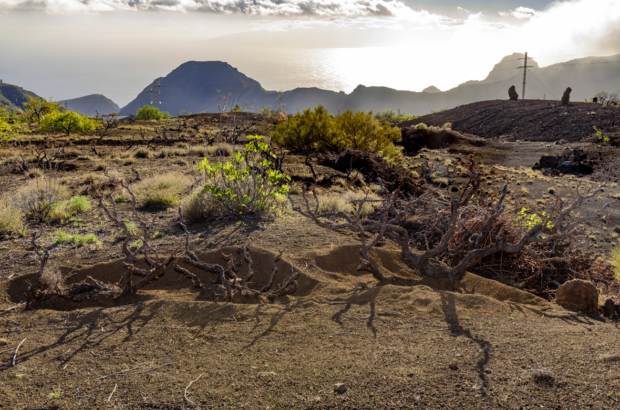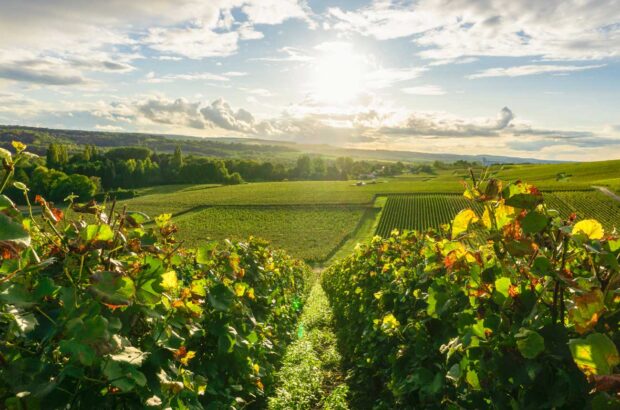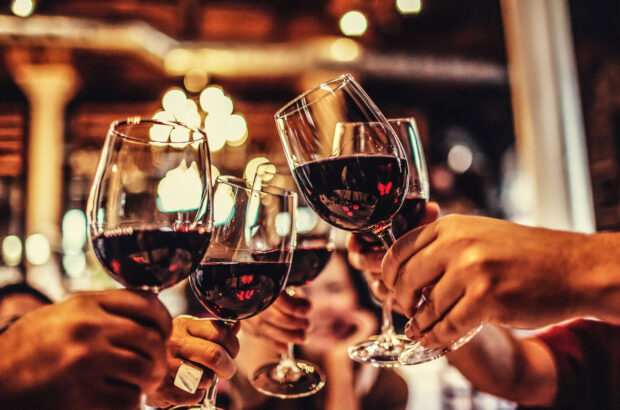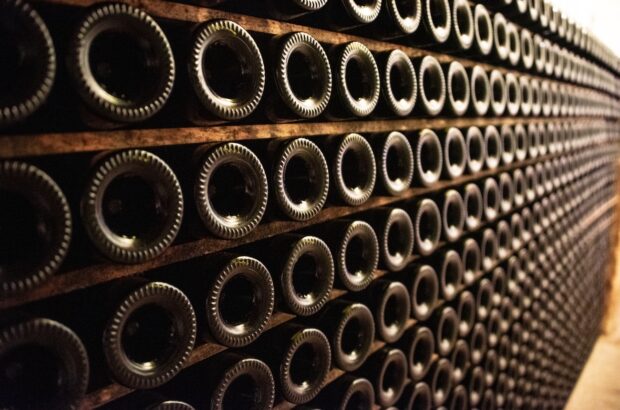Castello Banfi is the Montalcino region’s biggest wine estate by far, both in size and reputation, and it is no exaggeration to say that it is one of a select few with global recognition for its wines.
Despite its size, Banfi has always been a tightly-knit family concern, and it remains so today under third generation Cristina Mariani May, the scion of Italo-American forebears who started their business activities in New York in 1919, just after the Great War. Crucially, the Marianis were both wine importers and retailer sellers, too. This direct contact with their customers gave them a priceless understanding of exactly what style of wine people wanted in their home or on restaurant dining tables.
The Banfi philosophy has remained focused and consistent ever since. It favours versatile, smooth-textured wines, with generous and clearly expressed fruit flavours, offset by a mouth-watering savoury undertow. Wines bearing the Banfi crest are styled both as a stand- alone ‘by the glass option’ and as an accompaniment for a wide range of food, from everyday family dishes to fine dining.
In the 1950s, Cristina Mariani May’s father John Mariani Jnr studied viticulture and winemaking, and it was his know- how that led to the family’s next momentous step of planting and growing their own vineyards in Italy, with the aim of taking charge of the entire production process, from vineyard to wine lover.

Credit: Paolo Biava
When (second generation) John and Harry Mariani arrived in the isolated hilltop town of Montalcino in 1978 to found the Banfi winery, the result was nothing short of seismic. Although Montalcino was hardly on its knees, it had suffered economically ever since a by-pass road, built in the 1960s, diverted traffic away from its streets. The town and its beautiful, deeply rural environs remained something of a backwater.
John Mariani Jnr’s daughter, Cristina, remembers Montalcino being ‘well known for its Brunello wines at that time, but only thirty or so producers were making any. Most were small-scale part-time wine growers selling locally, along the Tyrrhenian coast and up as far as the town of Siena.’ Precious few Montalcino estates were able to export Brunello internationally.
‘One exception was Castello Poggio alle Mura,’ says Cristina. ‘It was one of the first Brunello wineries. We imported its wine into the United States and we knew Poggio Alle Mura was ideal because of the potential of Tuscan Sangiovese in general and Montalcino Sangiovese (aka ‘Brunello’) in particular.’
The acquisition and enlargement of what became Banfi Poggio alle Mura, not only fixed Montalcino on the Tuscan and Italian wine maps, but it definitively put Montalcino on the global one too. There was a local benefit for others, as well: Banfi inspired smaller and larger growers alike to widen their horizons whilst improving both their vineyard stewardship and winemaking.
Montalcino now has over 250 estates selling throughout Italy and in over 100 markets worldwide. In Montalcino itself it has become almost impossible to have any kind of conversation – whether with everyday wine tourists or grizzled wine trade insiders – without the Banfi name popping up.

Cristina Mariani-May. Credit: Gianni Rizzotti
Castello Poggio alle Mura
The extensive Banfi vineyards in Montalcino are based on an estate whose centrepiece is a stunning, walled and turreted 13th-century castle, Castello Poggio alle Mura. It was while renovating their newly acquired castle, that John and Harry Mariani set about planting what has become Montalcino’s biggest vineyard. Around one third of its 2,900 hectares (7,100 acres) of land is vineyard.
The remaining land is occupied by olive groves, fruit trees (mainly plums), and woodlands, including much Holm oak (quercus ilex), the tree which is the enduring symbol of the Montalcino region.
Sangiovese is the dominant grape, of course, both at Poggio alle Mura and in the Montalcino region in general. It is now recognized as one of the world’s nine ‘classic’ grape varieties and it is the only variety permitted in Montalcino’s two flagship reds. These are Rosso di Montalcino DOC which can be bottled within a year of the harvest, oak ageing optional, and Brunello di Montalcino DOCG which must age at least 24 months in oak.
Castello Banfi’s flagship bottlings of both its Rosso di Montalcino and Brunello di Montalcino bear the Poggio alle Mura name. Both come from very specific vineyard plots within the Banfi estate that, after 40 years’ experience, the Mariani family believe to perfectly express Sangiovese’s smooth elegance, underlying intensity and versatility.

Rosso di Montalcino DOC, Castello Banfi, Poggio alle Mura
Rosso di Montalcino is usually bottled without oak ageing, but Banfi’s Poggio alle Mura ferments in vats the Mariani family have designed to have a “lighter oak” influence on the wine. Being porous, the oak helps Sangiovese here in expressing its range of red fruit flavours whilst providing a mouthfeel that is especially velvety, and smooth, and easily approachable.

Brunello di Montalcino DOCG, Castello Banfi, Poggio alle Mura
The hallmarks of Brunello di Montalcino are its intensity and elegance. Here the intensity of fruit derives from old vines in their prime, giving that almost exotic richness all the way through, a sign of deep roots, not just of the vines themselves, but of the Mariani family itself.



